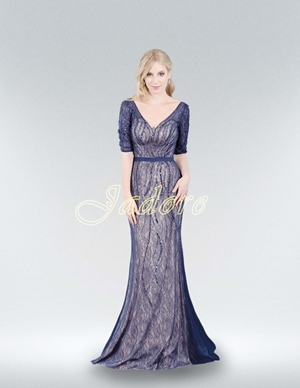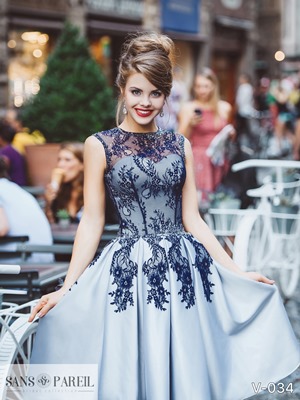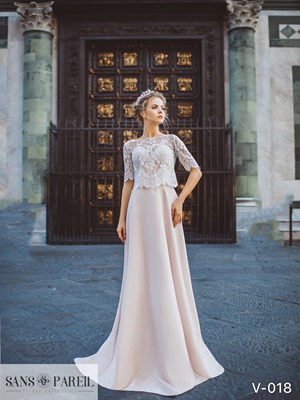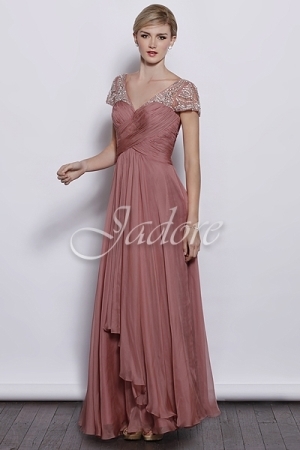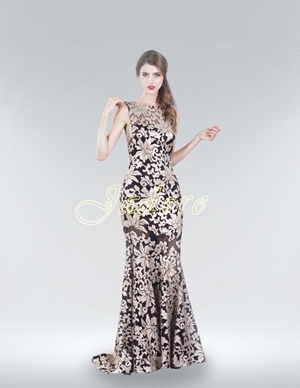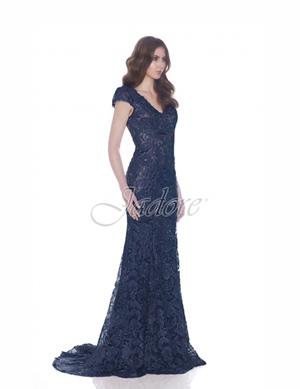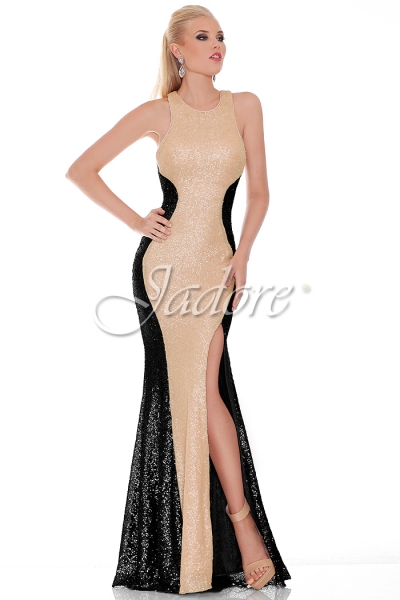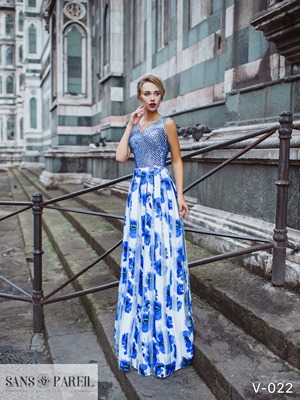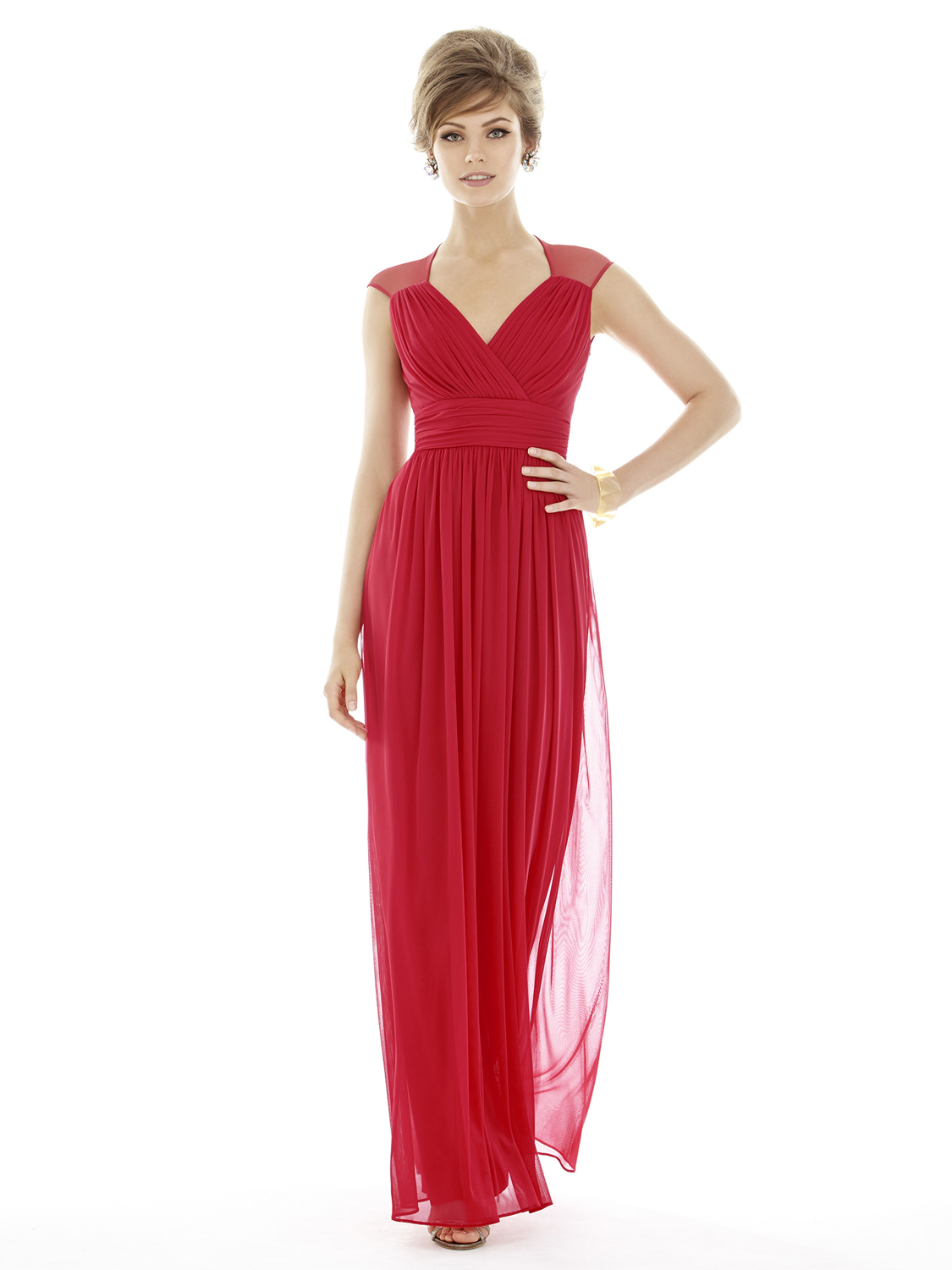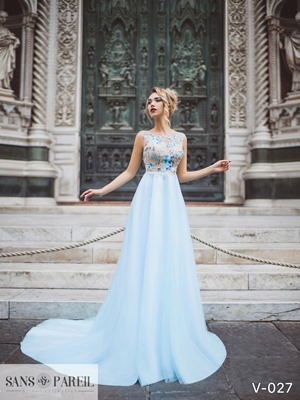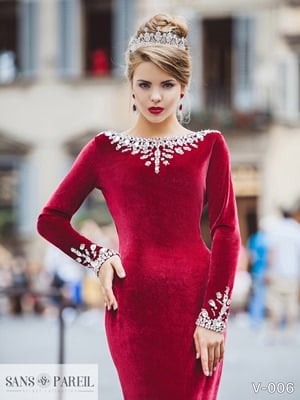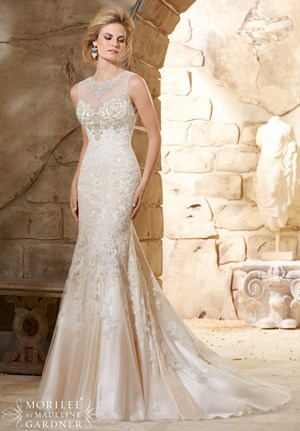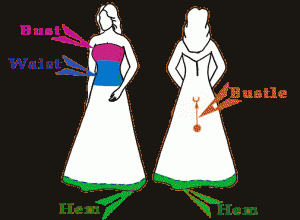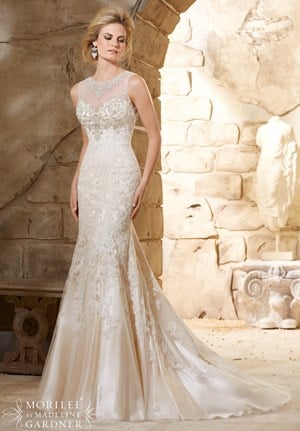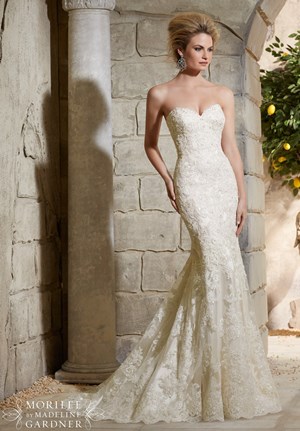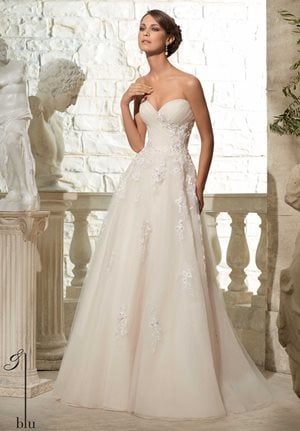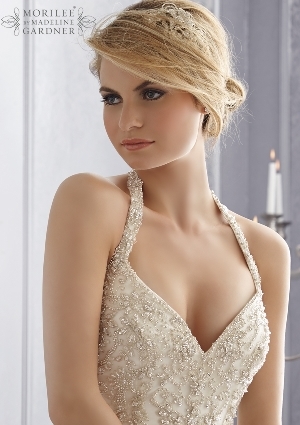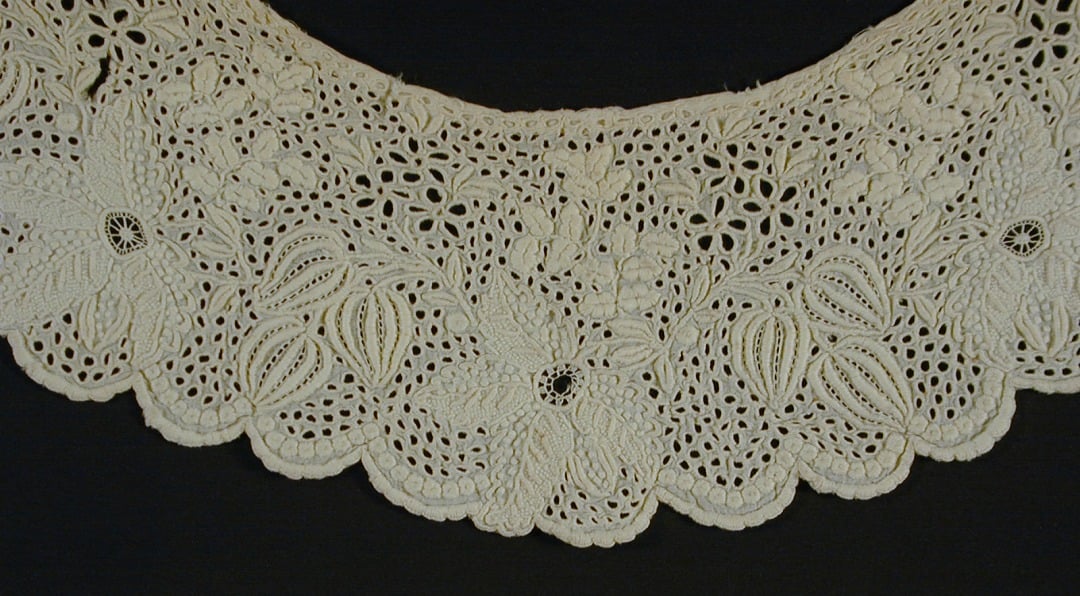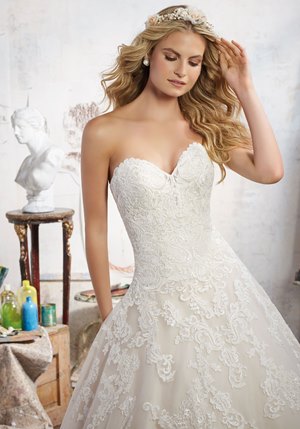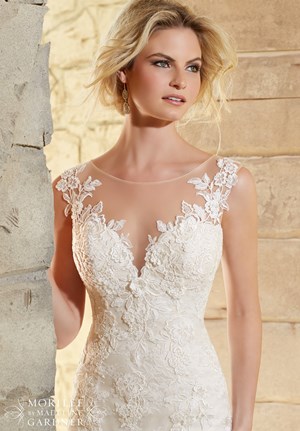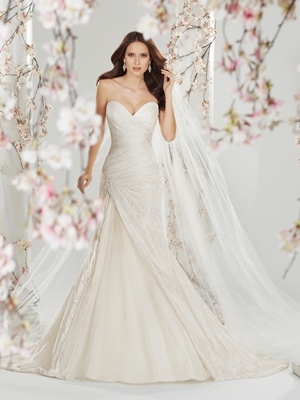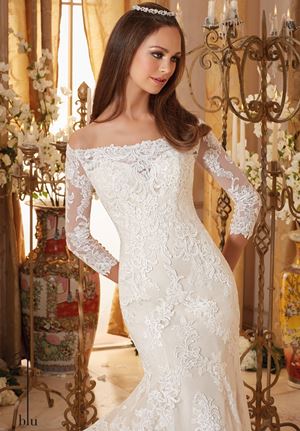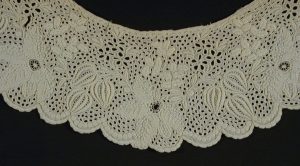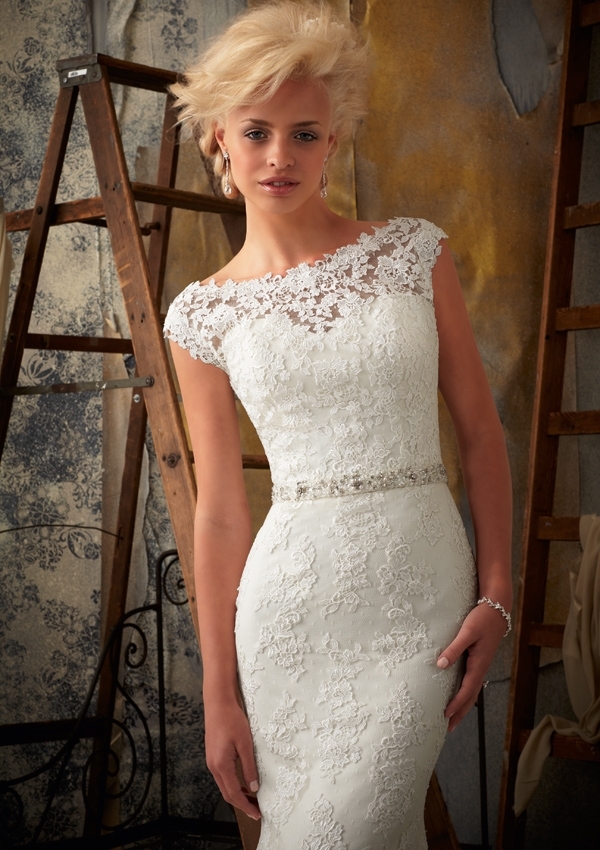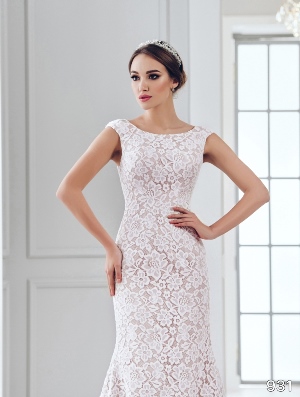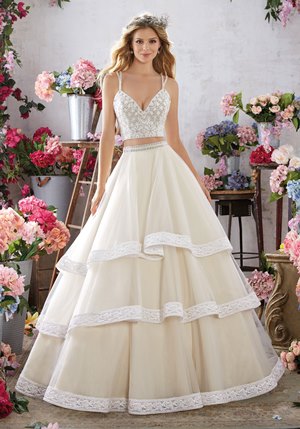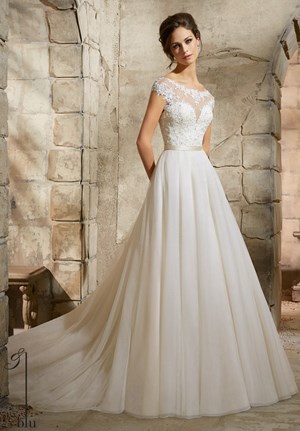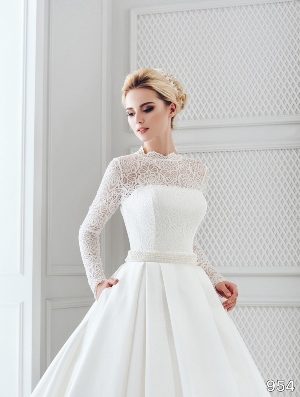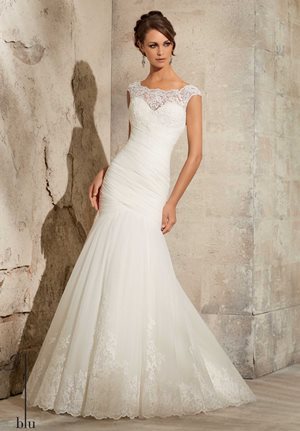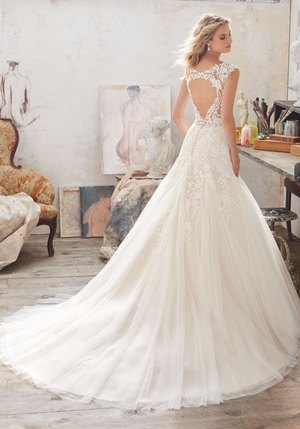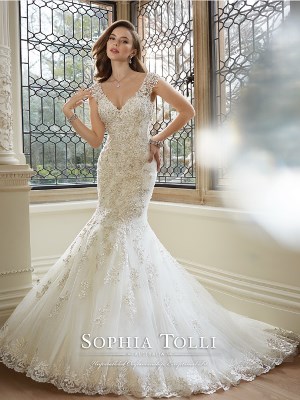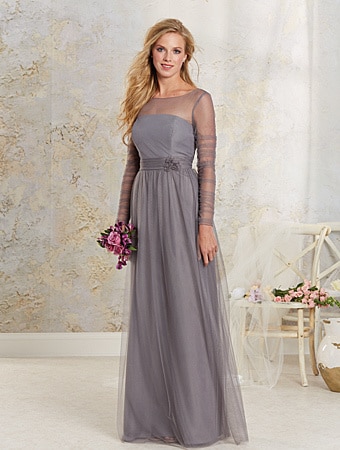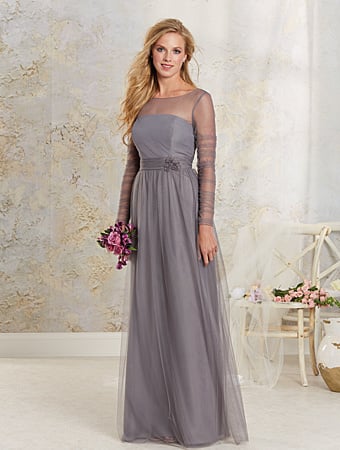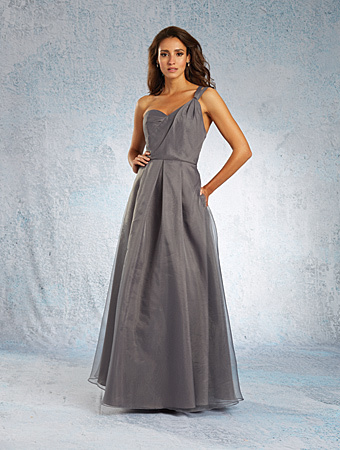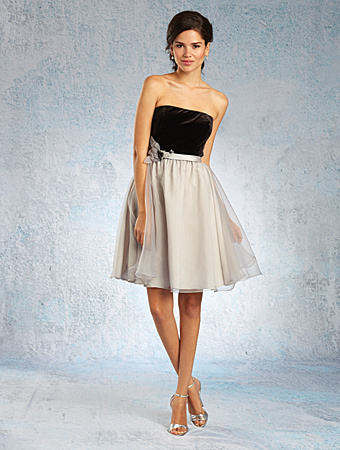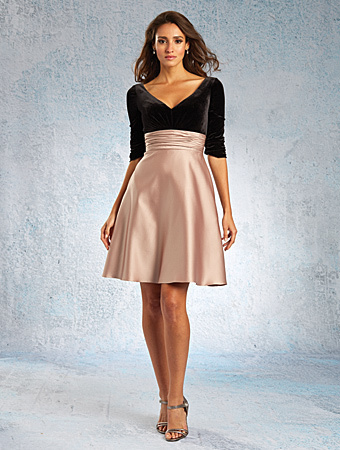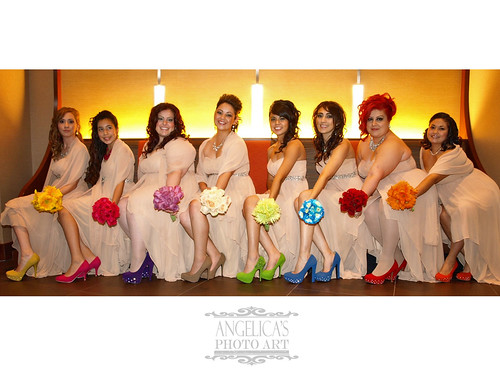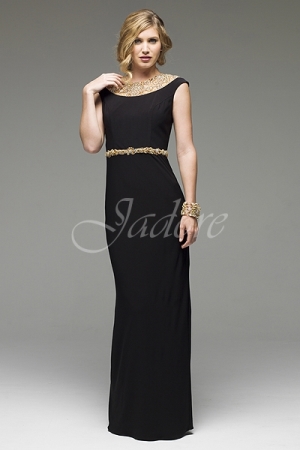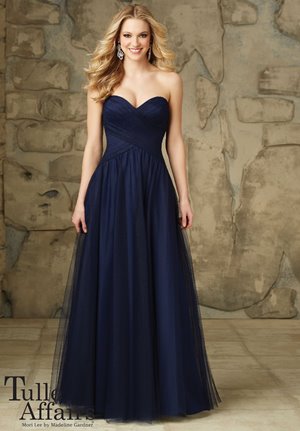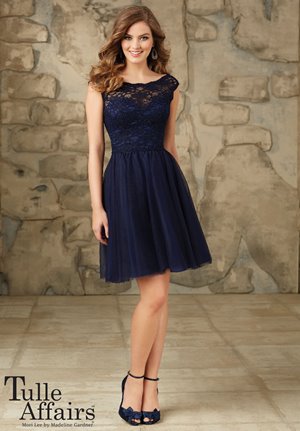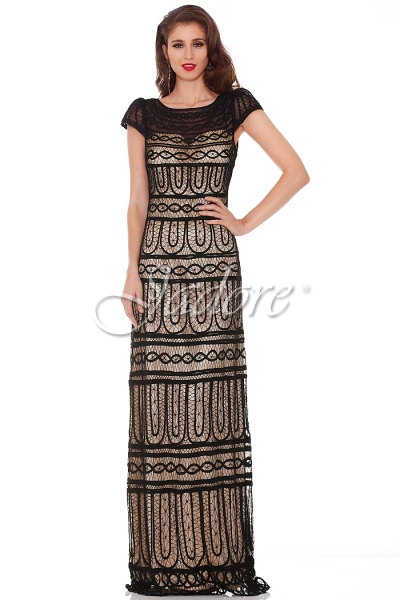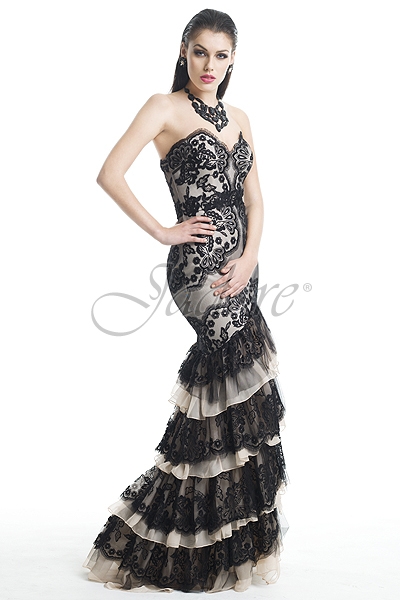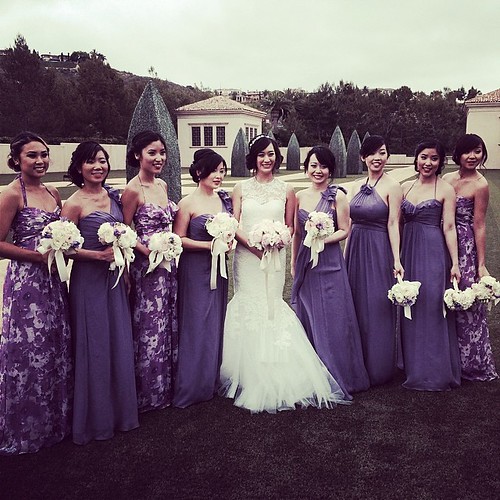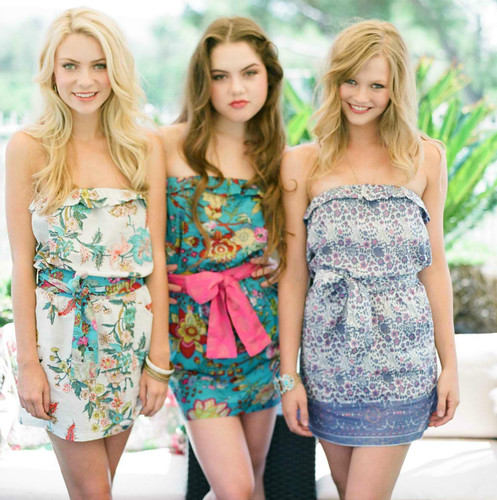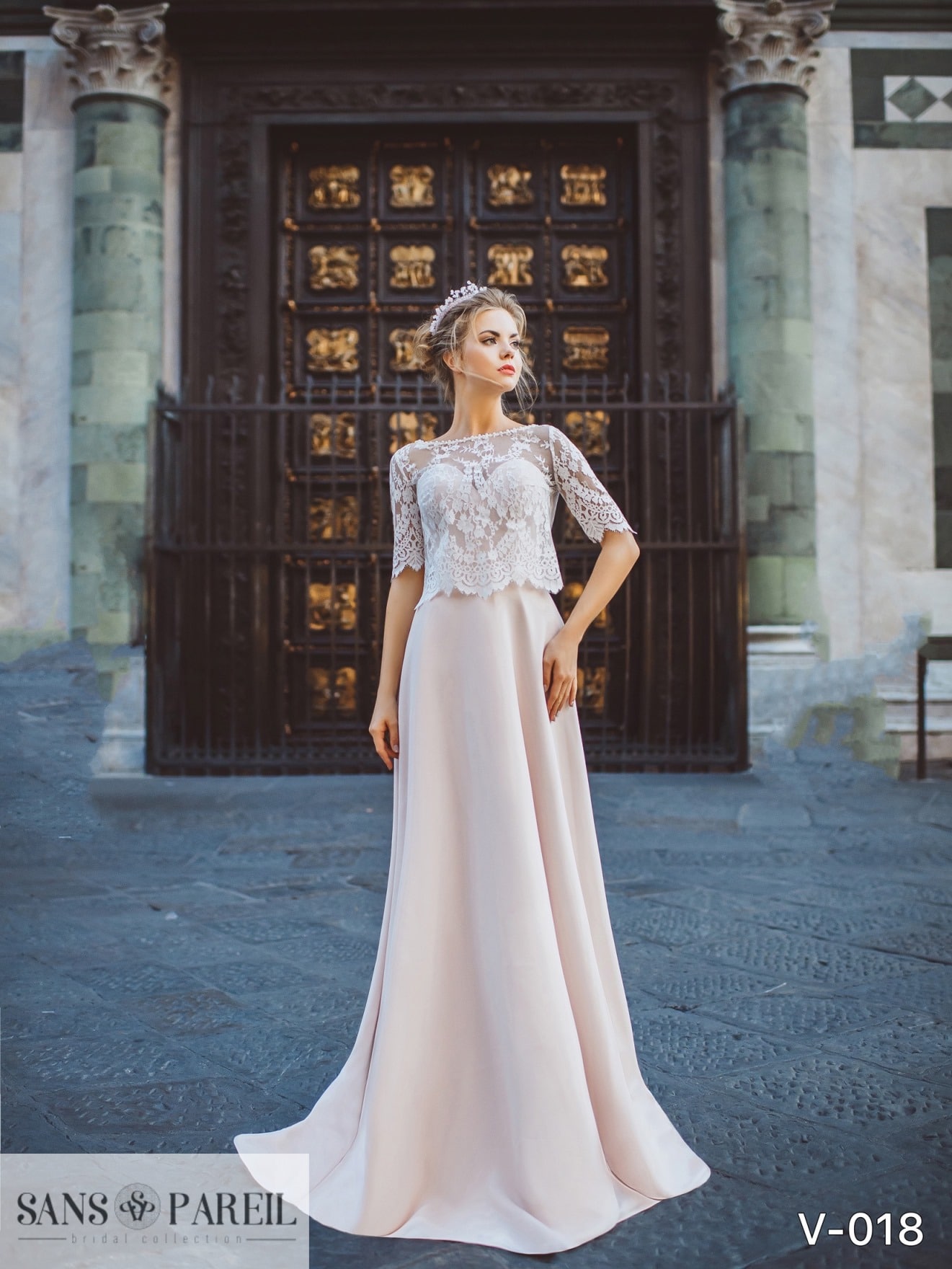
Shopping for your daughter’s wedding is very exciting. In fact, your daughter’s wedding is an occasion that gives you the opportunity to relive the excitement of shopping for your own wedding dress. This occasion is in fact more fun, since there are fewer rules, but more options. Although you may no longer be 20 years old, you are still fabulous and deserve to look your best on your daughter’s special day.
Nevertheless, there are certain factors to keep in mind when you buy your MOB dress. Let us look at what they are.
- Every wedding has a color scheme and style. Be considerate and find a dress that works with the colors and the formality of the wedding your daughter has planned.
- Look glamorous, but don’t upstage the bride with your dress choice. Make sure that your look won’t compete with that of the bride.
- Although the above rule holds, this doesn’t mean you should dress down for your daughter’s wedding. Dress smart by making a choice that flatters your body type and makes you feel beautiful.
- Make sure your dress works well with the wedding setting. It should be suitable for the weather at the time of the wedding, convenient to move around in and appropriate if there is a religious or cultural dress code for the event.
For more essential shopping tips for the mother-of-the-bride, we suggest you take a look at this post on the Knot website.
Now, let’s move to the interesting part—Fashionable dress styles to choose from for your daughter’s wedding.
Every season shines the spotlight on new and evolving trends. Shopping isn’t the same when we cross 50, as our body starts to display signs of ageing. Nonetheless, there are plenty of stunning choices for women your age. All you have to do is keep an open mind. You are bound to find one that ticks all the boxes. Dresses for mature women are just as interesting as those for young ladies. The secret is to find a style that flatters your body type and is fashionable too.
So, first identify your body type. This will help you recognize dress styles that are sure to flatter you. This detailed guide on the 40 Plus Style website provides all the information you need. Check it out!
Then take a look at our list of fashionable and flattering dress styles available for mothers of brides. You are sure to find a hot and happening style that perfectly matches your vision here.
Dresses with sleeves
Most of us are reluctant to show off our upper arms, as these often show the signs of ageing. If this problem affects you, we suggest that you choose a gown with half or 3/4th length sleeves that covers up this area. You can further shift focus to another area of your body with a suitable design. We suggest a dress with a dramatic neckline or skirt to show off assets you are proud of. Remember that dresses with sleeves need another wow factor, to look beautiful. So, make sure your dress isn’t drab by choosing one with a statement style element that compensates for the long sleeves.
Fit and flare silhouette
This is a universally flattering silhouette, as the fit and flare suits almost every body type. While simple, it has an elegant finish and can be adapted to any dress length. The silhouette shows off the natural waistline and has a skirt which flows away from the body. This makes it ideal for camouflaging thin or thick hips. Find a fit and flare dress of the length that enhances your body structure. Consider adding an accessory like a belt or sash, if you want to draw attention to your waistline. Choose short dresses if the wedding has an informal tone. Long fit and flare gowns are stunning and the perfect choice for black tie weddings.
Separates
This versatile dress style is comfortable and perfectly suited for events in the summer. There is an undeniable sophistication and maturity to this dress style. Hence, it suits older women. Mix and match pieces, or go for a set that flatters you with its colors and details. It is a good idea to choose separates with textures that differ in the upper and lower halves to make it more interesting. With the mix-and-match option, you can easily pick pieces that blend with the theme and also reflect your personal style. Peplum tops are also a fantastic choice that you can pair with pencil skirts or trumpet skirts for a stylish finish.
Draped dress style
The draped style as a trendy introduction to the fashion scene continues to be very popular. Your dress can feature draping in any area. It could be at the neckline, at the waistline or even in the skirt. The best part of this style element is that it instantly highlights the said area. As a result, it can be used to distract from a less attractive area. The draping can be tight and neat, for a formal look. Choose a looser drape for a less formal setting. With such a dress style, it is best to avoid other embellishments in the rest of the dress, or you may end up with a cluttered look.
Column or sheath dress
This silhouette is one of the most flattering for mature women. It has a simple, streamlined look and extends to full-length or features a shorter hemline. The sheath flows naturally, embracing natural curves. The benefit of this style is that it creates the illusion of curves, even while emphasizing a naturally curvy figure. This is a great dress style if you have a straight body structure, since it adds more curves than you actually have. Sheaths are available with lace details, in satin or chiffon and other breathable fabric. The simple style makes it perfect to pair with statement accessories and jewelry for an elegant look.
Lace dress
Another classic that keeps reinventing itself, the lace dress is a safe bet for the bride’s mother. These come in a stunning range of options in fabric, design and style. Nonetheless, lace has a timeless charm that makes it an unbeatable choice. Either go with an all-over lace dress or choose one with smaller, scattered lace details. For a modern twist, opt for laser-cut lace or 3-dimensional lace details that make it more attractive than traditional lace designs. So, if you want to look your charming, feminine self at your daughter’s wedding, lace it is!
Color blocking
This style allows camouflage of less desirable assets, while accentuating the areas of your body you love. Color blocking can be done vertically, horizontally, or even in geometric or alternating patterns. The style you choose will determine the overall effect you achieve with it. It works on both tall and short women, and you have options in both long and short dresses. Make your color choice wisely, since this will decide the overall effect. Colors close to each other on the wheel have a slimming effect, while contrasting colors have a more dramatic effect.
Empire waistline
This is the perfect style to hide bulges in the waist and stomach area. The empire waistline rests above the natural waistline, with a bodice that cuts just below the bust. Most dresses with this feature have layered voluminous skirts that entirely hide the waist and hips. It creates a statement look, and is just right for a formal effect. Dresses that come with long, flowy fabric skirts are also suitable for outdoor weddings in garden settings or even the beach. The style shifts attention to the neckline and bust, adding more dimension to this area. So, it is a style to consider if you are naturally small-busted.
Bold prints
Best-suited for fun and casual themes, bold prints instantly uplift and make a dress look cheerful. So, let this be your go-to dress style if your daughter has a casual-theme wedding. Choose from geometric prints, stripes, florals or classic designs to find one that matches the theme. With bold prints, you do not need many accessories to complete your look. In fact, we suggest you keep the accessories to a minimum, so it doesn’t look too busy. Just a pair of statement earrings, or a pretty clutch should be sufficient to complete your look.
Rocking red
Red is a color that immediately steals the show, and hence one you should consider wearing. It has a cheerful, energetic vibe that will help you look ultra-stylish. So, choose a shade of red that matches your complexion, and you do not need more to be noticed. Red dresses, whether short or long, are equally attractive. Take care that the cut and fit flatter your natural shape and the silhouette fits snugly along your natural curves. Keep the jewelry and accessories simple, as the color speaks for itself. If you aren’t too sure of wearing the brighter shades of red, settle for maroon or wine red for a subtle effect. You may also want to make sure that the red you choose will go well with the colors in the wedding theme, before you commit to it.
Pastel and neutral combination
Here is another combination that will turn heads your way. Most neutrals combine beautifully with pastel shades to add elegance and sophistication to an outfit. These are age-appropriate combinations that also give you plenty of accessory options. Pair it with a printed clutch, glitzy earrings or a statement necklace and shoes to be a glamorous mother of the bride. The combination goes well with pearl jewelry, and it also works with silver, gold or platinum finishes.
Embellished neckline on long dark silhouette
If there is one detail you should nail when choosing your outfit, it is the neckline. Most women over 50 prefer to avoid deep, low-cut necklines that draw attention to their chest and jaws. So, pick a dress with a high neckline, like a halter or scoop with embellishments in the area. The benefit of this style is that it is simple yet stylish. Embellishments like embroidery, sequins or even crystal and rhinestone details look beautiful against dark colors in the rest of the dress. When such details appear on a full-length gown, adjusting the rest of your look for the formal occasion is easy. You can also find plenty of shorter dresses in our collection with details confined to the neckline alone. These are better suited for semi-formal and casual wedding themes.
Now, tell us which of these styles do you like most?
Do you prefer the glamorous, deep dark colours or classic lace and prints that will never go out of style? Take your time to decide. For it isn’t every day that your daughter gets married. So, plan your look carefully for this special once-in-a-lifetime occasion and make sure everyone remembers how happy and beautiful you looked on this day.
All the dresses featured here are from our Mother-of-the-bride collection at Best for Bride. They are available in a range of sizes and some of the dresses are available in color variants. We suggest you look at the Mother of the bride dress collection here for more details on these dresses. You can also see the rest of our collection here.


